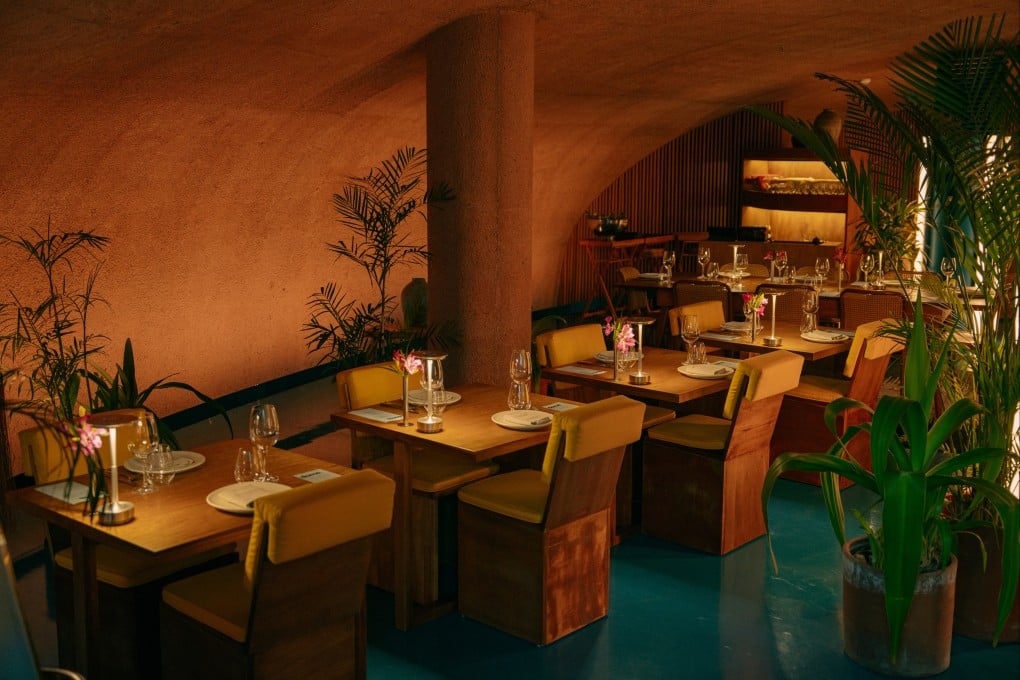
There’s a saying in Bali that anything you put in the soil will grow,” says Dewa Ayu Made, as she thrusts a cassava stalk into the ground. We’ve stopped in a small clearing in the heavily forested foothills of Mount Batukaru, the second-highest peak in Bali, as part of a foraging tour from the Desa Potato Head resort. Our mission: to find the ingredients for our dinner later that day at the resort’s newly opened flagship restaurant, Dome. And true to Made’s word, the Bali soil provides.
Since antiquity, the island has been renowned for the volcanic fertility of its soil and the proliferation of medicinal plants and herbs, giving rise over centuries to the traditional medicinal system of usadha.
Indeed, it seems as if everything in Bali is designed to heal the mind and body. As we traipse through the thick overgrowth, Made, a self-styled ethical forager and nomadic cook, points out native plants and botanicals purported to aid every facet of human health. There’s the gotu kola, nicknamed the “brain plant”, the leaves of which are shaped like the outline of a human brain and are known for cognitive enhancement and stress reduction. The redflower ragleaf, a weed with peppery-tasting leaves, is used for wound healing, and according to Made, makes a good pesto. Then there’s the caricature plant, known as don temen, which, when crushed in water and strained, creates a purple loloh, a cure-all remedy drink, to help with fevers, mouth ulcers, inflammation and digestion.
“All the leafing plants in Bali are used for ceremonies, medicine or food,” she explains, having worked at wholefood kitchens across Bali for much of her career.
Along the way Made became acquainted with ancient Balinese wisdom surrounding the cycles of nature, which she combines with modern techniques of regenerative farming to create a model of sustainable food production.
It’s a movement that has been spurred by the loss of 25 per cent of Bali’s agricultural land over the past quarter of a century due to the overuse of pesticides and the conversion of historic rice paddies into more profitable residential and commercial developments.
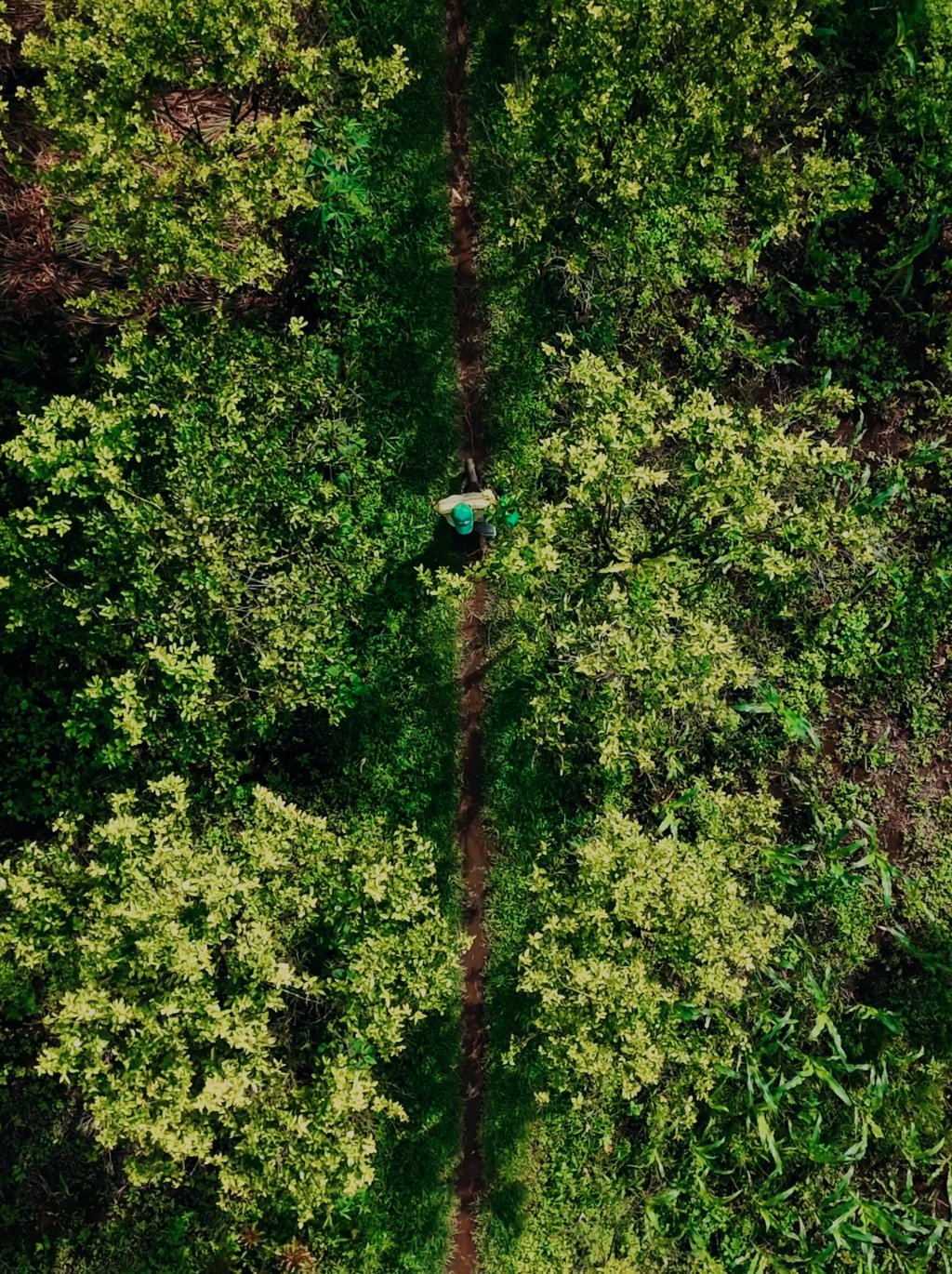 A Farmer walks through Tabanan Orange Farm. Photo: Desa Potato Head
A Farmer walks through Tabanan Orange Farm. Photo: Desa Potato HeadAt the Tabanan Orange Farm, where we end our foraging tour, each orange tree is being weaned off its junk-food diet of fertilisers and pesticides, says Made, and reintroduced from a monocultural habitat back to the rich diversity of minerals and nutrients provided by a healthy ecosystem.
To guide them on when to plant and harvest crops, Bali’s farmers use the traditional Wariga lunar calendar combined with teachings from Slow Food International and Demeter International, the latter created by Austrian philosopher Rudolf Steiner in 1924 and today the leading global institute on biodynamic farming. Neighbouring the orange orchard, a thatched shed covering a trough and two round, hay-covered pits next to it are filled with cow manure. Viewed from above, it is intended to spell out “100”, in honour of Demeter International’s centenary, and the biodynamic movement at large.
Since then, the movement’s more pseudoscientific practices have dovetailed with Balinese mysticism. Made points out a series of sticks stuck in the ground beside the pits, with empty cow horns propped on top, pointing towards the heavens, purportedly to “attract energy from the cosmos”, she says. In a biodynamic preparation process called BD500, the horns are then packed with manure from a lactating cow, along with sunflowers and dandelions, and buried underground for the duration of winter to ferment and ostensibly absorb energy from the Earth itself. What emerges is a sweet-smelling natural fertiliser that is then mixed with water and applied to the soil to stimulate plant growth.

“[BD500 is] medicinally permeated with this inner life of the Earth that is omnipotent during the winter months,” reads a blog post for Demeter Association Inc, the American chapter of the global association. “The [BD500] and all the biodynamic preparations medicinally treat the Earth as a living organism, much like naturopathic medicines treat us.”
That this proposition has been so readily accepted in Bali should be no surprise, given the island’s reverence for the entrenched relationships between humans, nature and the divine, as spelled out in the Balinese philosophy of Tri Hita Karana, roughly, “the three causes of well-being”.
Food, of course, is part of all three. In her 2022 cookbook, Paon: Real Balinese Cooking, Indonesian-Australian food writer Tjok Maya Kerthyasa elaborates: “More than a place to cook, a paon is an altar, an apothecary and a bridge to the natural world, where the hands of the cook join forces with the earthly and heavenly elements to create nourishment, healing and connectivity to the universe.”
And so, with a morning’s worth of foraged altar offerings in hand, we make our way through Bali’s infernally clogged, very non-paradisiacal roads, back to Desa Potato Head, a sanctuary on the Seminyak coast and home to Dome, where, away from the honking snarls, we are to witness the Balinese marriage of nature, wisdom and mysticism as part of a special menu.

Nestled in a bunker-like structure tucked under the eaves of an ocean-facing block of guest rooms, Dome proclaims its main inspiration as being Buckminster Fuller’s geodesic Dome Home, the famed inventor and futurist’s Carbondale, Illinois residence between 1960 and 1971. It was during this time that Fuller wrote the Operating Manual for Spaceship Earth, a manifesto outlining his conception of our planet as a space-going vessel with limited resources, the interconnectedness of humanity on board, and thus, the need for cooperative stewardship of the environment.
At Dome, this ethos of adaptability underpins every aspect of the dining experience. The retro-futuristic space, designed collaboratively by Potato Head Studios and OMA, does away with internal partitions to emphasise community, interaction and the exchange of ideas.
Natural light flows through a large skylight in the centre of the dome, bathing the circular stainless-steel bar and electric blue epoxy flooring in a soft glow. Coupled with the prodigious use of indoor plants and towering ancestor sculptures from the Asmat tribe of Indonesian New Guinea, one is given the sense of stepping into a serene Amazonian sinkhole, albeit one decorated by a mid-century audiophile, attested by two monolithic stacks of JBL 4355 speakers near the entrance.
From an open paon, chef Diego Recarte is busy transforming our foraged ingredients into dinner. With his mop of tight, jet-black curls and socks-with-Birks ensemble, the Peruvian merges his own countercultural skateboarding sensibilities with culinary training of the highest level by way of Michelin-starred institutions such as D.O.M. in São Paulo in Brazil, Le Calandre in Italy, and the now-closed Pakta in Barcelona, Spain. At Dome, he combines modern European sensibilities with Balinese produce and a dogged pursuit of sustainability that has become a pillar of the Desa Potato Head experience.
 The team at Dome. Photo: Potato Head
The team at Dome. Photo: Potato Head“The culinary philosophy behind Dome is about building a deeper connection with Bali, Indonesia, and the incredible local ingredients,” he says. “It’s about blending my own cooking style with classic recipes and native products, letting them inspire a new approach to food.”
Central to his approach is the philosophy of minimal intervention, where the produce is allowed to speak for itself. After all, it’s no easy feat for the ingredients to arrive at Dome’s door in the first place: on any given day, torrential rain might mean no fish, or too much sun might have burned the herbs. In addition to being unpredictable, supply is often limited, especially when it comes to proteins such as seafood and Balinese heritage black pork.
Despite the challenges, “the wild, natural taste from the earth is something you can’t get when using products with pesticides”, says Recarte. “These ingredients have much more personality and a deeper connection to the land.”
First to arrive at our table is a clam croquette topped with aioli and wild radish flowers, followed by Wagyu beef and local oyster tartare garnished with wild fiddlehead ferns, freshly plucked by my own hands. Then an organic chicken liver parfait with tamarillo jam and pickled okra, which I scoff down with fresh sourdough bread. A dish of hearty octopus, served with chimichurri, morning glory and gotu kola, is delightfully seared; while the cabbage cannelloni comes stuffed with pumpkin and foraged pepper elder, the latter adding spicy aromatics to the mix.
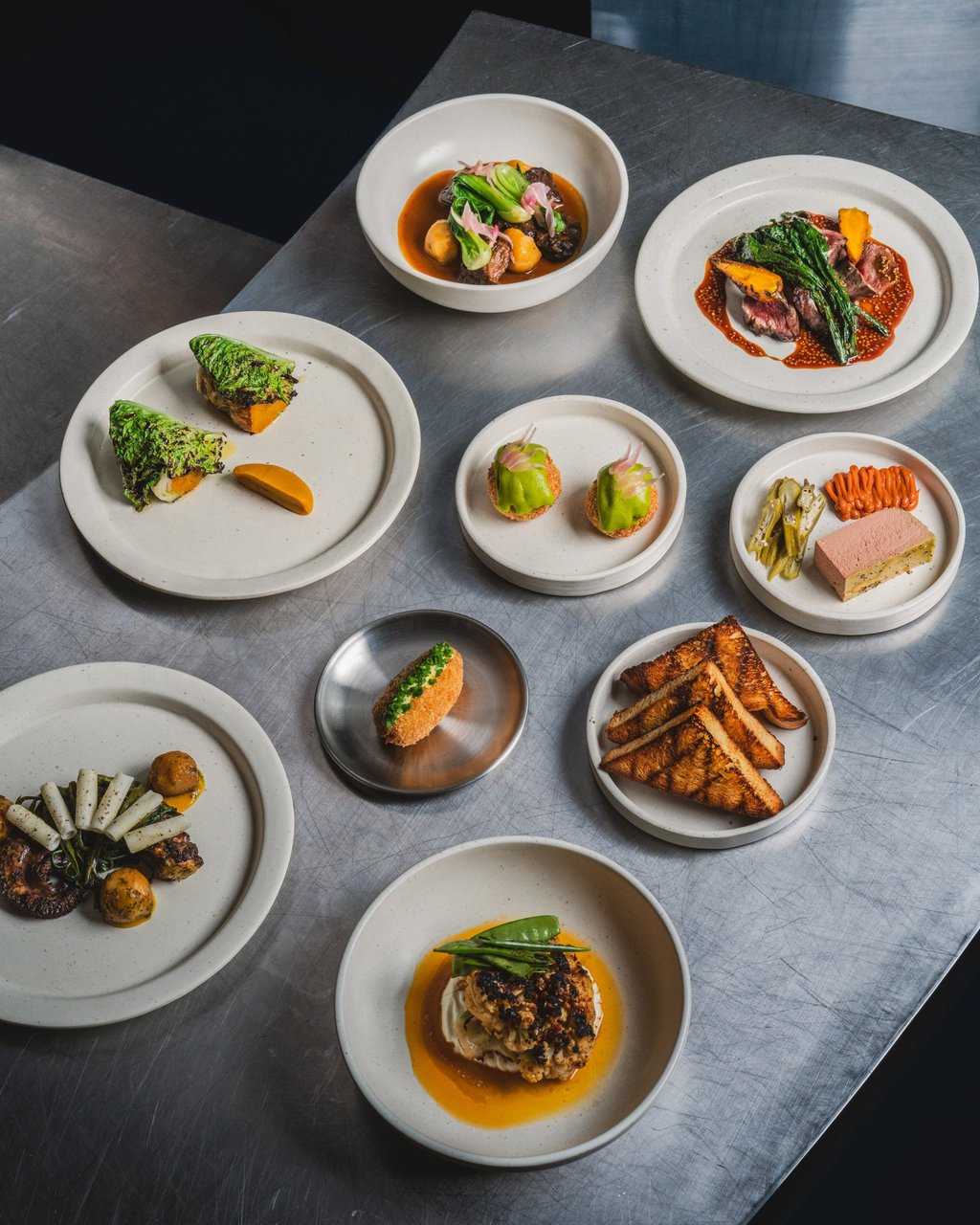
Very little goes to waste in the preparation of each dish. Vegetable peels and fish heads are dried and smoked to make broths, meat offcuts are cooked down and used as animal butter, and coffee grounds are fermented into kombucha, which is then reduced into an umami-rich sauce for fish or vegetables. “By making use of food scraps, we’re able to season our noble ingredients while reducing waste,” says Recarte.
At every turn, the dishes are paired with pours from Dome’s cellar of natural wines. There are selections from traditional winemaking regions such as Puglia in Italy, Beaujolais in France and Penedès in Spain, but, more surprisingly, the wine list includes local Balinese growers, who are forging new ground on terroir that is about as far from conventional viticultural conditions as Seminyak is from Sauvignon.
“The tropical conditions in Bali – high temperatures, humidity, and two distinct seasons – push conventional winemaking boundaries,” says Dome’s head sommelier Minyoung Ryu. She cites island wineries such as Isola and Hatten, which work with heat-resistant grapes like the Alphonse Lavallée variety, cultivated in microclimates such as Buleleng, in northern Bali.
“These wines are not just unique in style but also support local communities through agritourism and regenerative farming,” she says. “One example is Isola Raw Bianco, an orange wine featured at Dome, which tells a story of perseverance. Its creators drew inspiration from Italian organic practices to design a low-intervention wine that balances Bali’s ethos of sustainability and wellness.”
 Natural wines, including those from Bali, form the crux of the drinks list at Dome. Photo: Potato Head
Natural wines, including those from Bali, form the crux of the drinks list at Dome. Photo: Potato HeadAlongside food and wine, the last element in Dome’s holy trinity is community, which it cultivates through its daytime use as a library and co-working space, stocked with titles on architecture, design, art, food and wellness curated by Wild Life Archive, as well as its Open Talks series, where movers and shakers within and beyond Bali’s shores are invited to share their knowledge about food and sustainability.
Made, being one of the restaurant’s principal foragers, has spoken about the food forests of Bali, while other guest speakers have included representatives from Yellow Sky, a family-run Bali nano-winery turning surplus produce into fruit wines, sustainable Hong Kong cocktail bar Penicillin, and Astungkara Way, an organisation at the forefront of regenerative rice farming in Bali.
“These talks celebrate local talent and indigenous knowledge while welcoming global collaborators to share their experiences,” says organiser Rebecca Jessica. “It’s a dialogue grounded in Bali but open to the world.”
Chef Diego Recarte’s favourite Balinese botanicals
Redflower ragleaf
“Right now, I’d say my favourite [botanical] is kejompot (redflower ragleaf), a type of spinach with a much more interesting texture – silky, with a more intense green and a wilder, earthier flavour,” says Recarte. He uses it as the main ingredient in a salsa verde paired with grilled beef tenderloin, alongside young papaya, candlenut chilli jam, and ceker ayam (chicken feet) crisps.
 Clam croquette with aioli and torch ginger. Chef Diego Recarte says torch ginger is one of his favourite botanicals for its intense and unique scent. Photo: Potato Head
Clam croquette with aioli and torch ginger. Chef Diego Recarte says torch ginger is one of his favourite botanicals for its intense and unique scent. Photo: Potato HeadTorch ginger
Recarte likes to use torch ginger, a plant that can be easily spotted for its large, pink and beautifully layered flowers, as well as its “strong aroma and versatility”. Traditionally, the Balinese use the flower buds to make a chilli sauce called sambal bongkot, while at Dome, Recarte puts it to good use in broths, jams, infusions and ferments. “The scent is very intense and unique, and when a dish has torch ginger in it, you can immediately recognise it. It really enhances whatever you’re preparing.”
Chayote
“It’s so fresh, whether raw or cooked,” says Recarte of chayote, a bright green gourd that was brought from Mesoamerica to Bali during the Columbian Exchange. “I use it in salsas or as a base for things like gazpacho. I’ve noticed that Indonesians often boil it and eat it in soup, but I prefer using it raw, sliced thin or fermented. It always brings a nice freshness to the dish.”

.jpg)
.jpg)
.jpg)
.jpg)
.jpg)
.jpg)
.jpg)
.jpg)
.jpg)
.jpg)
.jpg)
.jpg)
.jpg)
.jpg)
.jpg)
.jpg)
.jpg)
.jpg)
.jpg)
.jpg)
.jpg)
.jpg)
.jpg)
.jpg)
.jpg)
.jpg)
.jpg)
.jpg)
.jpg)
.jpg)
.jpg)
.jpg)
.jpg)
.jpg)
.jpg)
.jpg)
.jpg)
.jpg)
.jpg)





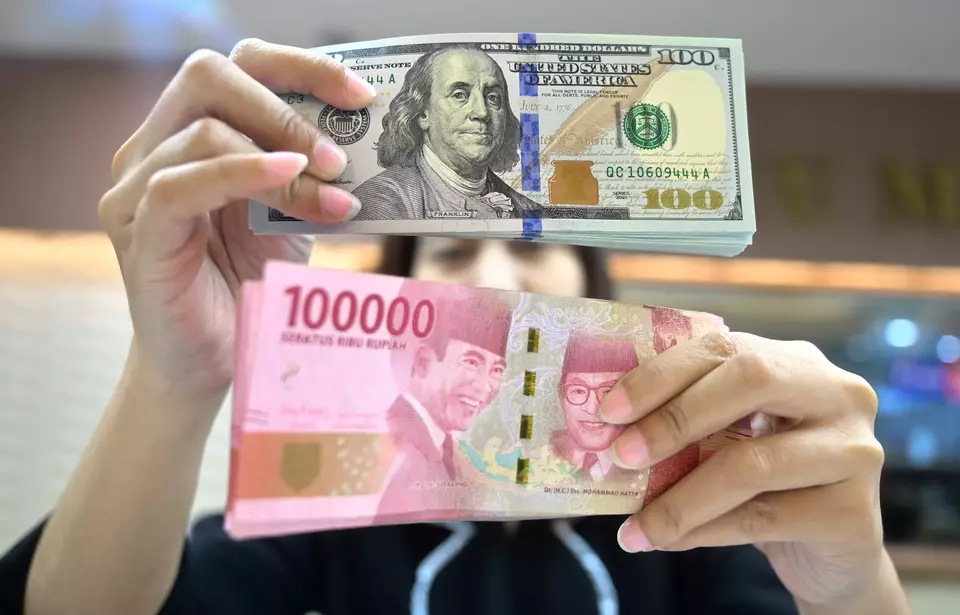


.jpg)


.jpg)




.jpg)


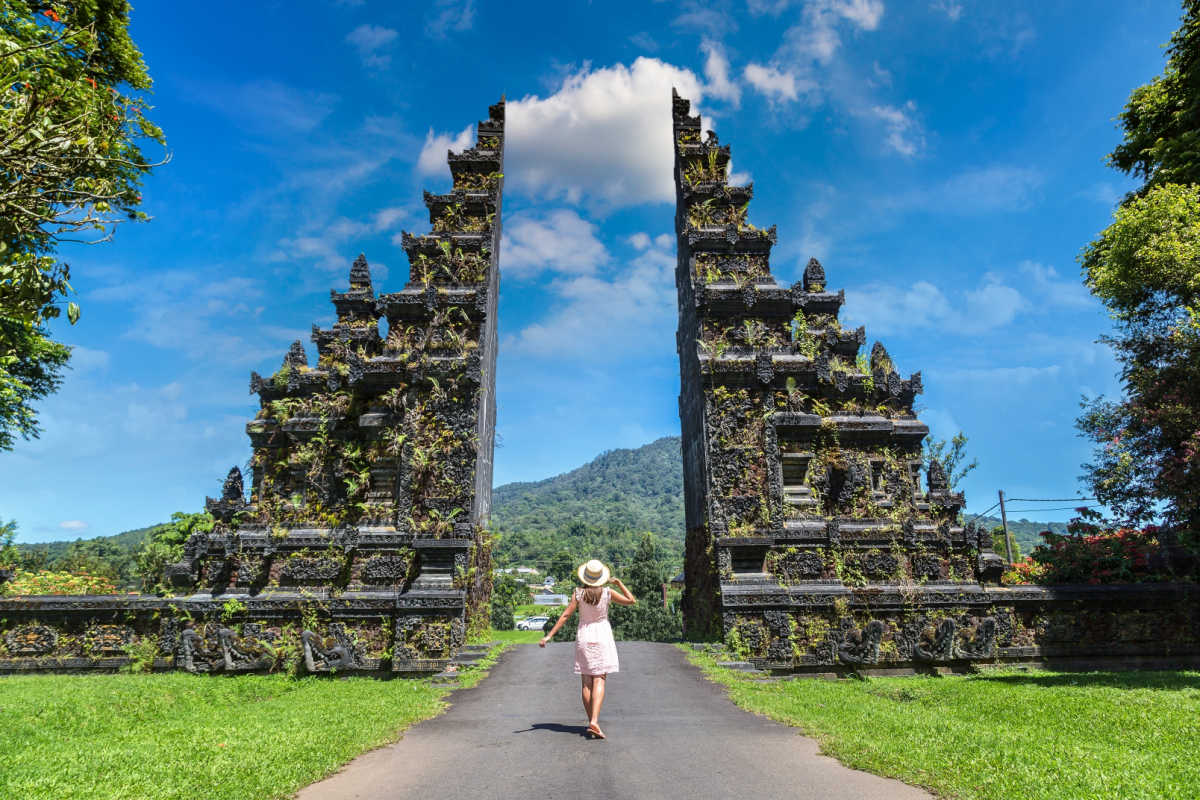

.jpg)

